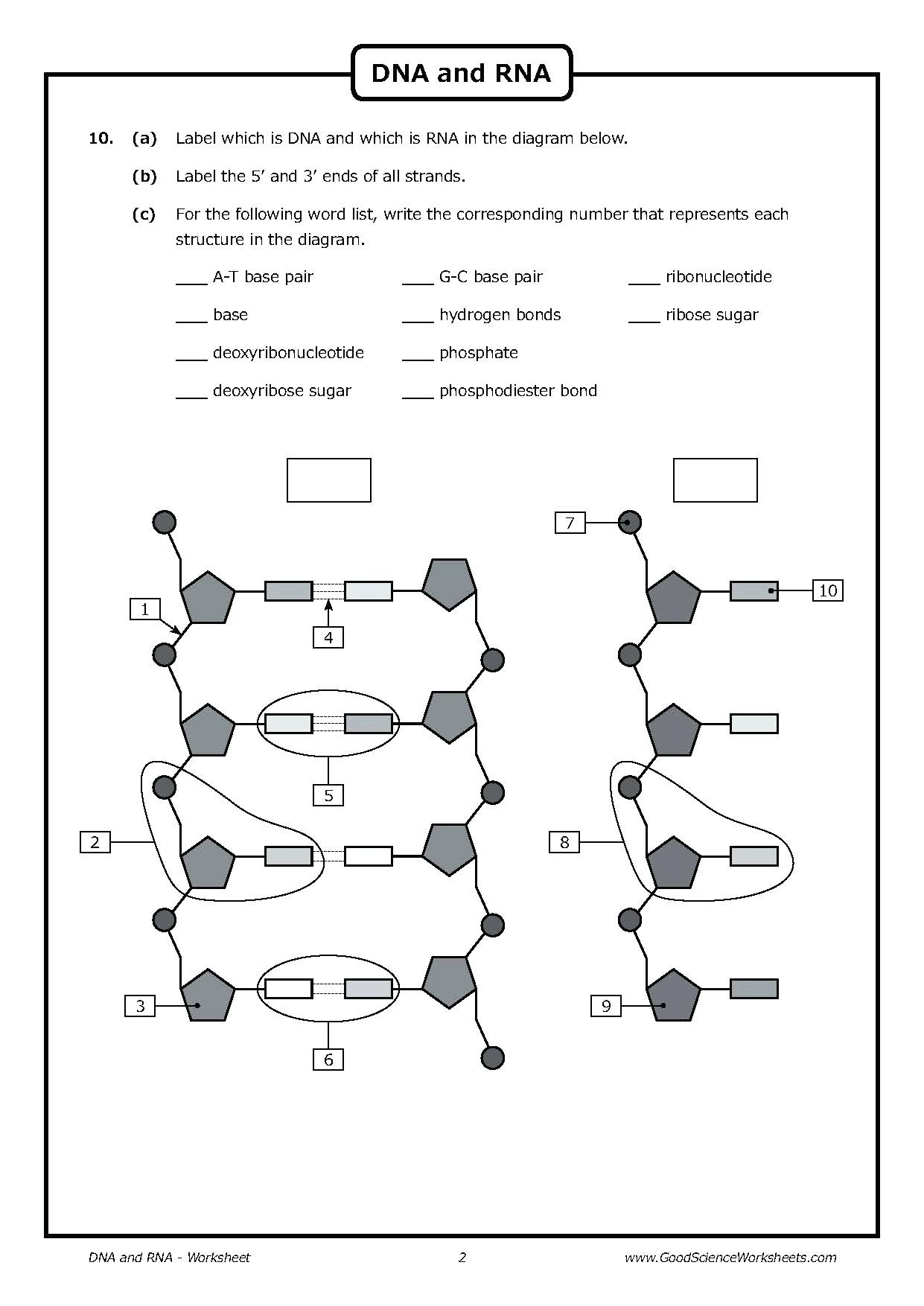DNA, or deoxyribonucleic acid, is the hereditary material in humans and almost all other organisms. It is a long molecule that contains our genetic instructions and determines our traits. The structure of DNA is made up of two long strands that coil around each other to form a double helix. Each strand is made up of nucleotides, which consist of a sugar molecule, a phosphate group, and a nitrogenous base.
Replication is the process by which DNA makes a copy of itself during cell division. This is a crucial step in ensuring that each new cell receives an identical set of genetic instructions. The process of DNA replication is highly accurate, but mistakes can sometimes occur, leading to mutations.
During DNA replication, the double helix unwinds and each strand serves as a template for the synthesis of a new complementary strand. The enzyme DNA polymerase adds new nucleotides to the growing strand according to the base pairing rules. The end result is two identical DNA molecules, each consisting of one original strand and one newly synthesized strand.
There are several key enzymes involved in the process of DNA replication, including helicase, which unwinds the double helix, and ligase, which seals any breaks in the sugar-phosphate backbone. The process of replication is highly regulated to ensure that it occurs accurately and efficiently.
Overall, the structure of DNA and the process of replication are essential for the transmission of genetic information from one generation to the next. Understanding these processes is crucial for scientists and researchers studying genetics and heredity.
In conclusion, DNA structure and replication are fundamental concepts in biology. The double helix structure of DNA and the process of replication ensure that genetic information is faithfully passed on from cell to cell. By studying these processes, scientists can gain insights into how our traits are inherited and how mutations can lead to genetic disorders.
